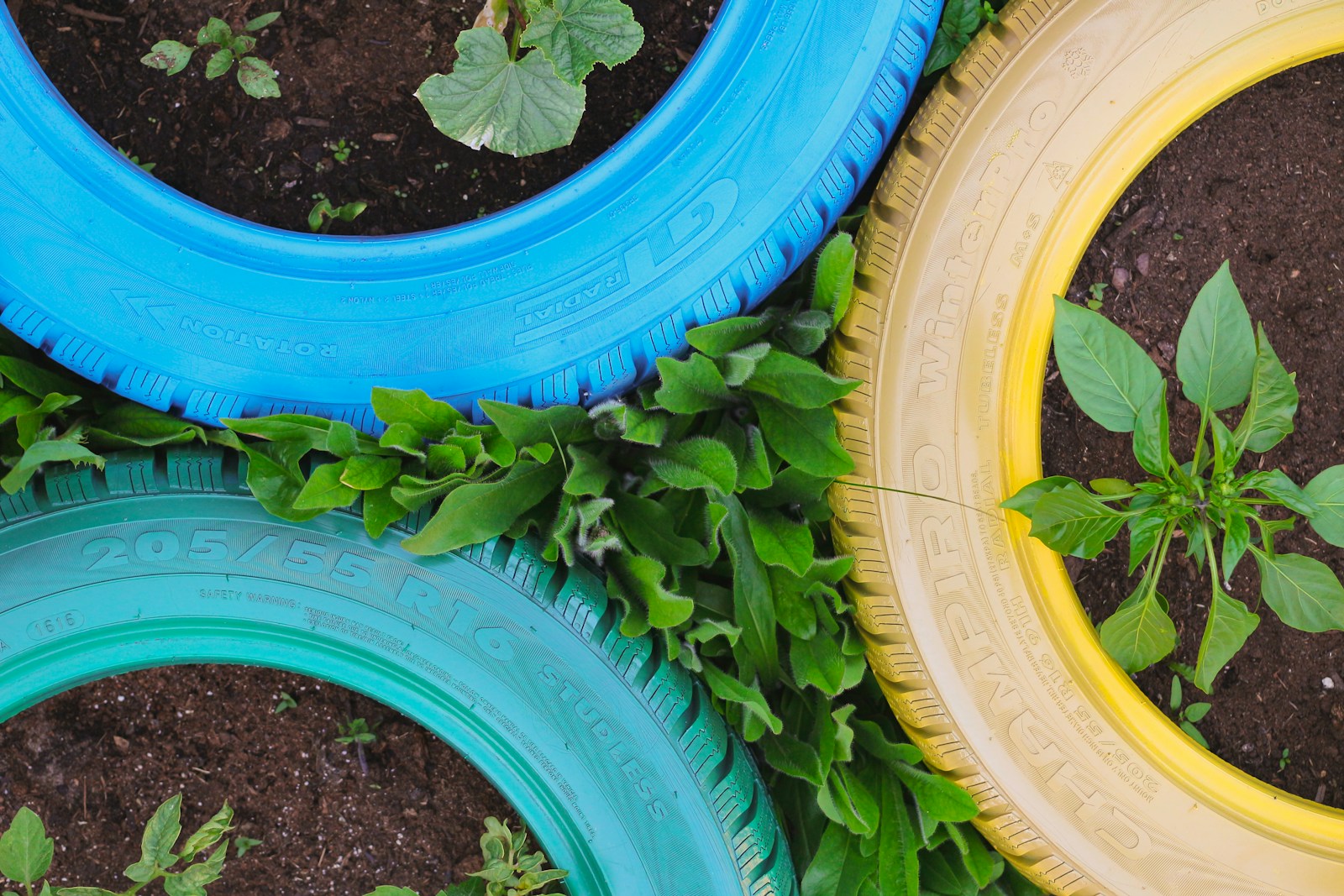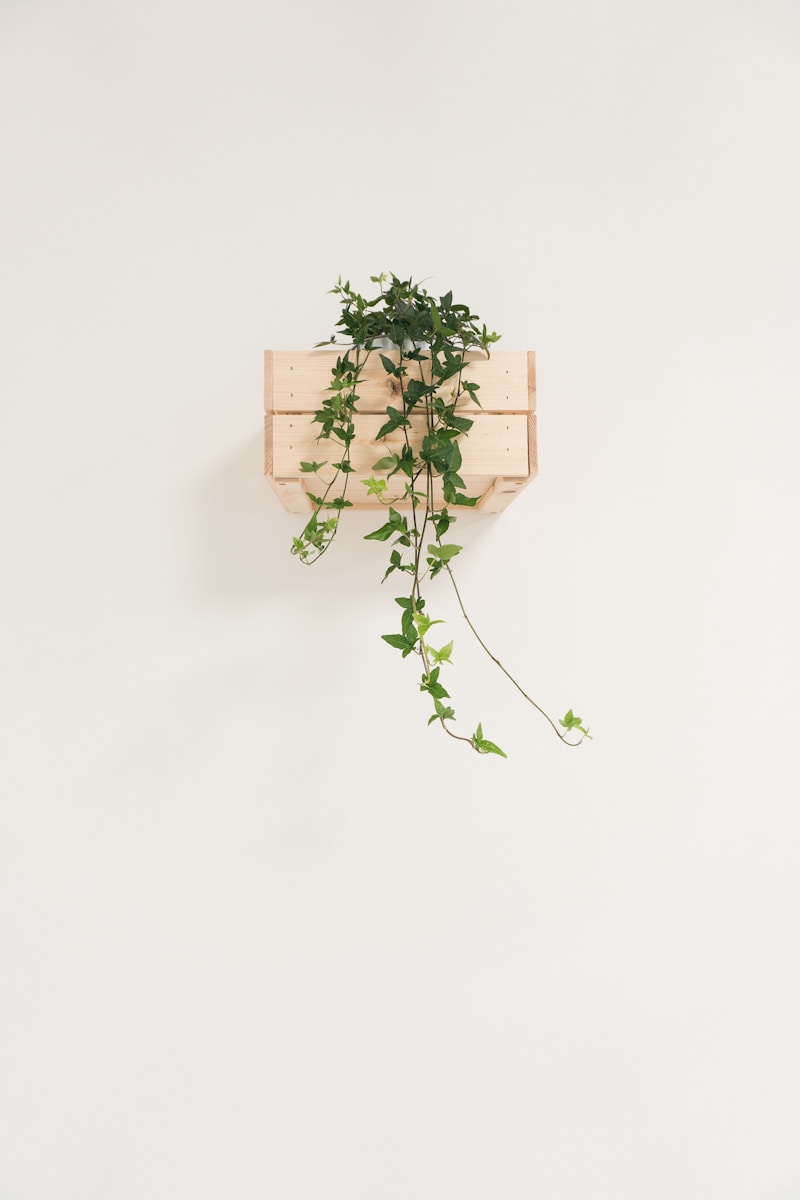How to Plan and Budget Your DIY Project
Jumping into a new DIY project can be exciting—but without a plan, it can also get messy fast. Whether you’re building furniture, decorating a room, or tackling a garden project, knowing how to plan and budget your DIY project will save you time, money, and a whole lot of stress. Here’s a step-by-step guide to set yourself up for DIY success.
Define the Scope of Your Project
Before you buy anything or start tearing things apart, ask yourself what exactly you want to accomplish. Are you refreshing a space, building something new, or fixing what’s broken? Be specific. Clear goals help you stay on track and avoid mid-project changes that inflate the cost or timeline.
Sketch or Visualize the End Result
You don’t need to be an artist. A simple sketch or Pinterest board can help bring your idea to life. Use it to work out proportions, materials, and finishes. Visual planning also helps you catch problems early—before you start cutting, drilling, or painting.
Make a Materials and Tools List
Write down every item you’ll need—from screws and wood to glue, brushes, and drop cloths. Don’t forget to include tools, especially if you’ll need to buy or borrow something new. A full checklist ensures fewer mid-project runs to the hardware store.
Estimate the Budget
Once your list is ready, look up prices online or in-store. Tally it all up and round up slightly to account for unexpected needs or waste. If it’s too expensive, look for ways to reduce costs by using recycled materials, adjusting the design, or tackling the project in phases.
Factor in Time and Skill Level
Some projects take an hour. Others take a weekend. Be realistic about your availability and experience. It’s better to go slow and do it right than rush through and risk costly mistakes. Block off the time in your calendar and don’t forget cleanup time!
Build in a Buffer
Set aside extra money and time just in case. Aim for a 10–15% buffer in your budget to cover surprise expenses like damaged supplies or last-minute purchases. Having wiggle room keeps the project stress-free if anything goes off-script.
Prep Your Space Before You Start
Before opening a single paint can or cutting any boards, clean and clear your workspace. Lay down protective sheets if needed and set up your tools. Having everything organized before you begin makes the entire process smoother.
Track Spending As You Go
Keep your receipts and jot down each purchase. Whether you use a simple notebook or a budget app, tracking your expenses helps you stay on budget and spot areas where you may be overspending.
Know When to Ask for Help
If something seems over your head—like plumbing, electrical work, or structural changes—don’t wing it. Consult a pro or ask an experienced friend. It’s better to ask early than to undo costly mistakes later.
Celebrate and Learn from the Process
When your project is complete, take time to appreciate what you accomplished. Snap photos, share your results, and take notes on what you’d do differently next time. Every project helps you build skills for the next one!
Helpful Tools for Planning
- Project planner or printable checklist
- Budgeting app or spreadsheet
- Design inspiration boards (Pinterest, Canva, etc.)
- Digital tape measure or room scanning app (for layout)
Conclusion
A successful DIY project starts with a solid plan and a realistic budget. By taking time to organize your materials, schedule, and spending ahead of time, you’ll avoid surprises—and enjoy the creative process even more. Remember, the goal isn’t perfection. It’s progress, pride, and the power of doing it yourself.
Frequently Asked Questions
How do I know if a DIY project fits my budget?
List all your materials and tools, research their prices, and add everything up. Don’t forget to include a buffer for extras or mistakes.
What if I already own some of the tools?
Great! Subtract those costs from your budget, but make sure they’re in good working condition before starting.
How much time should I plan for a small project?
For simple projects like hanging shelves or painting a wall, set aside 2–4 hours, including prep and cleanup.
Should I plan for ongoing maintenance?
Yes, especially for outdoor or painted projects. Budget for touch-ups, sealant reapplication, or seasonal care.
Are budgeting apps helpful for DIY?
Definitely! Apps like Trello, Notion, or Google Sheets can help you track tasks, materials, and expenses in one place.
© 2025 GardeningandDecor.com. All rights reserved.



